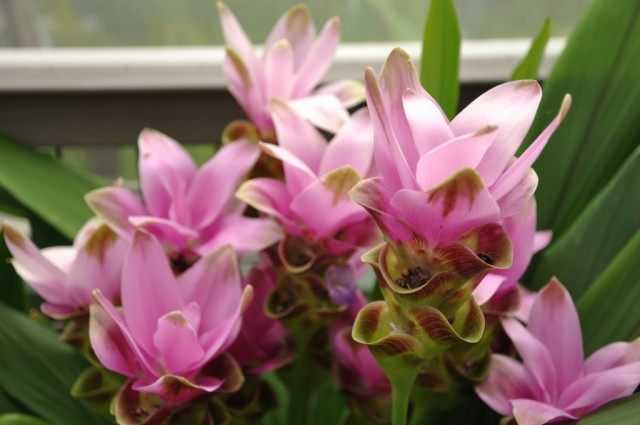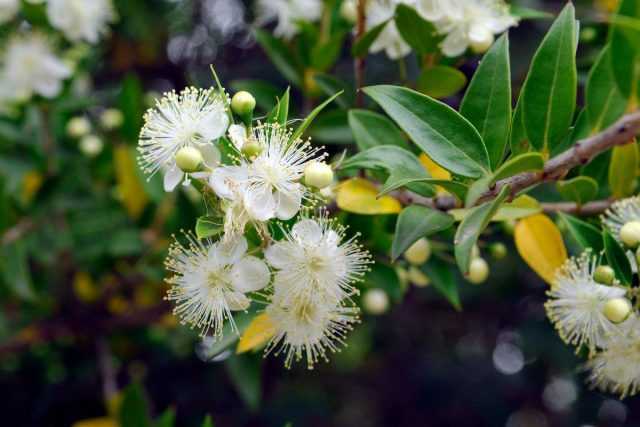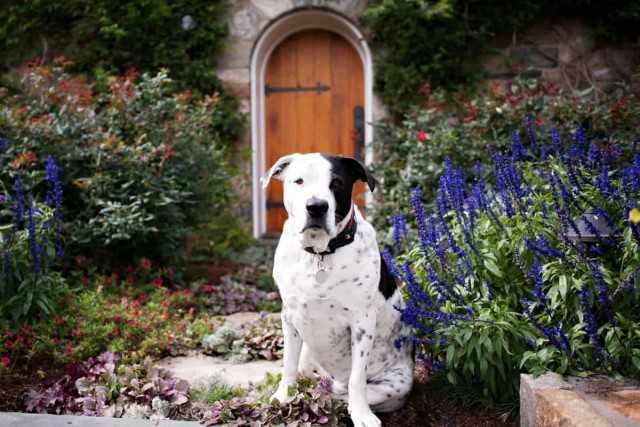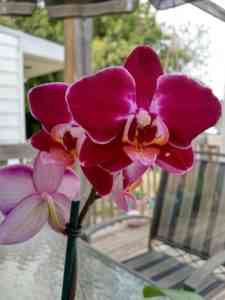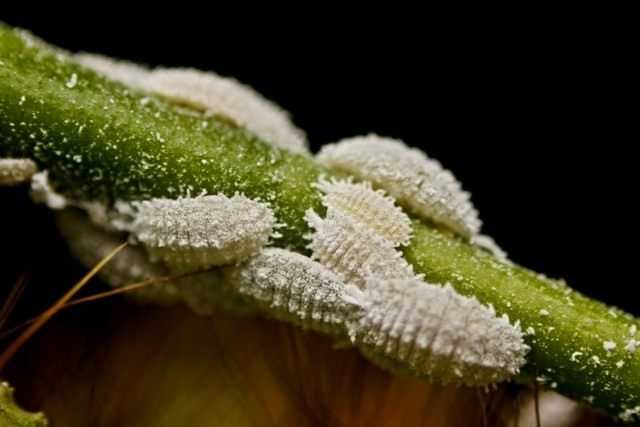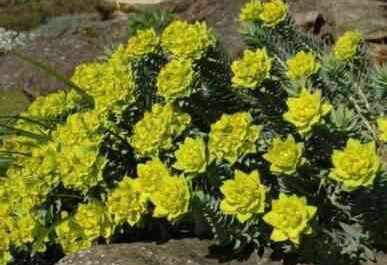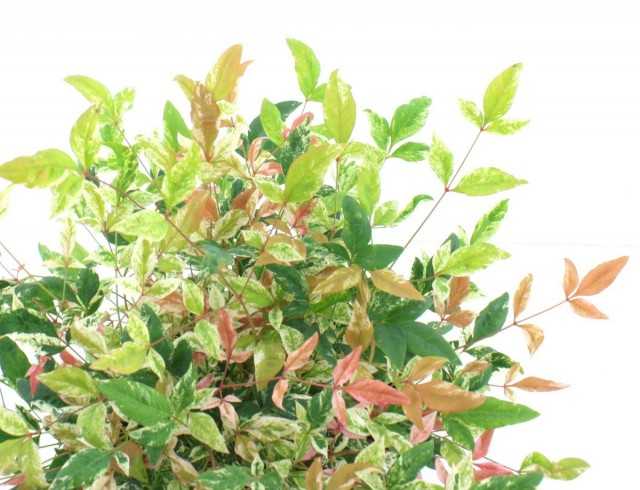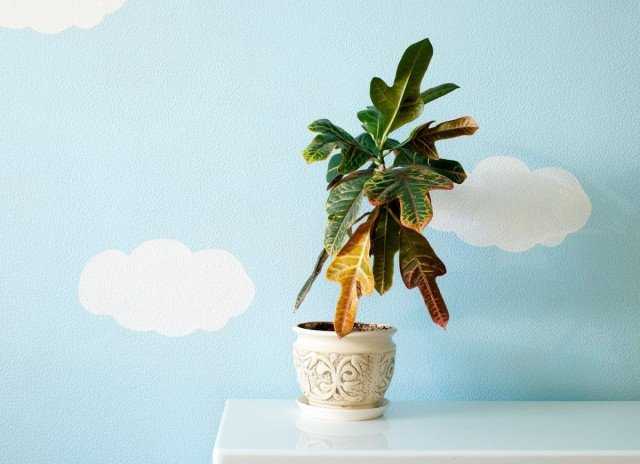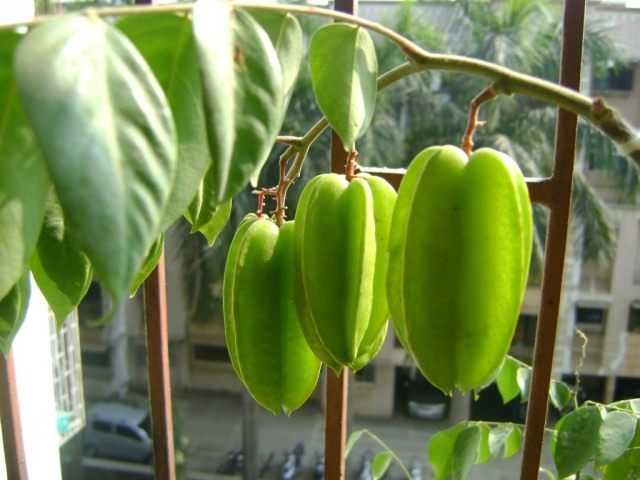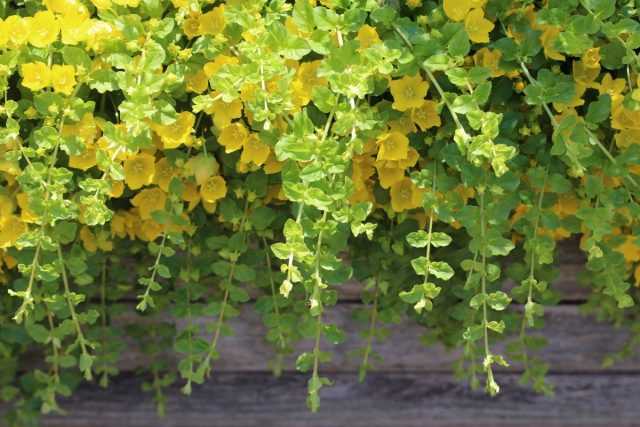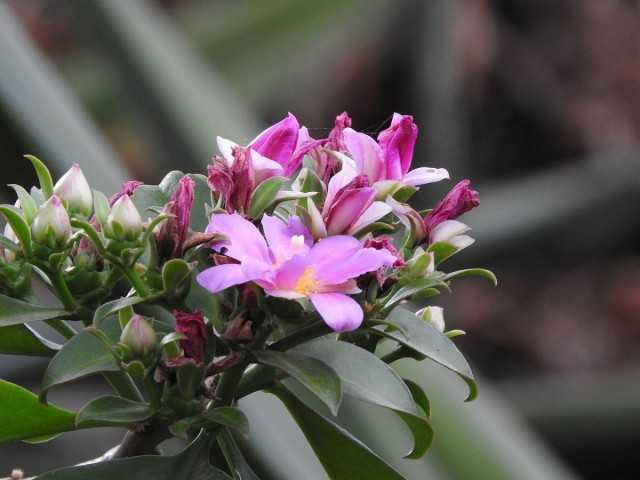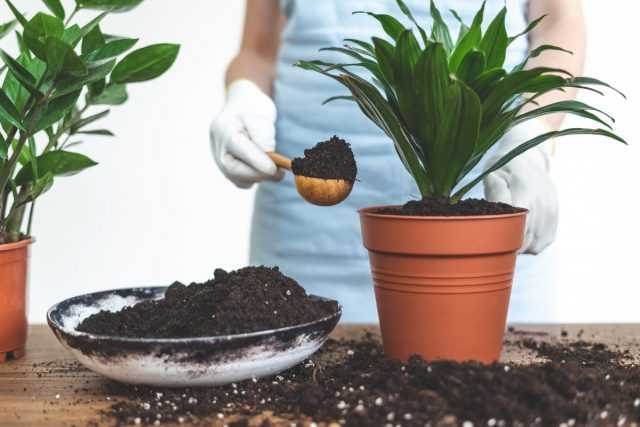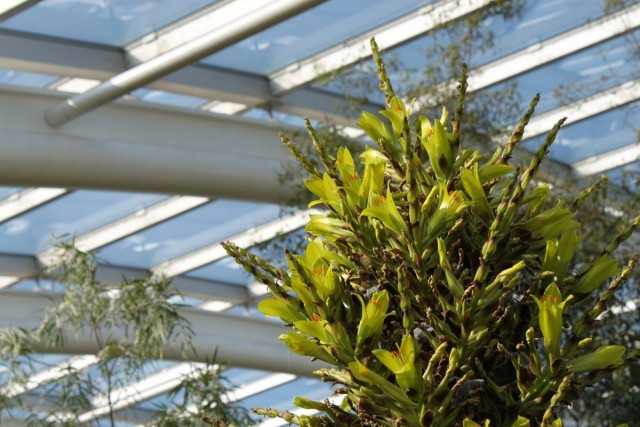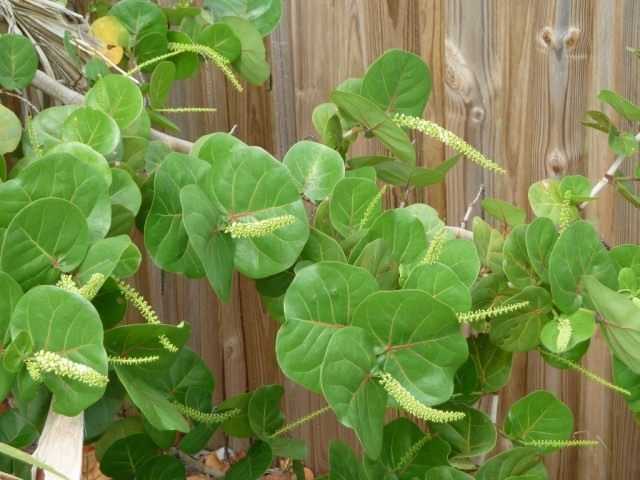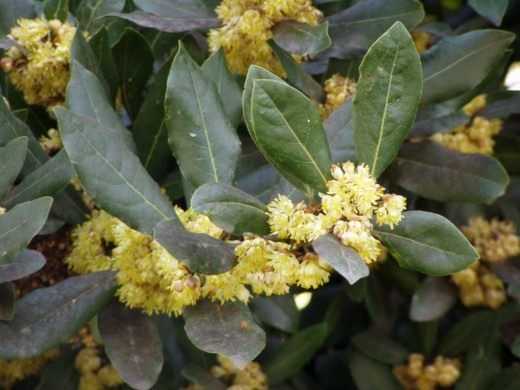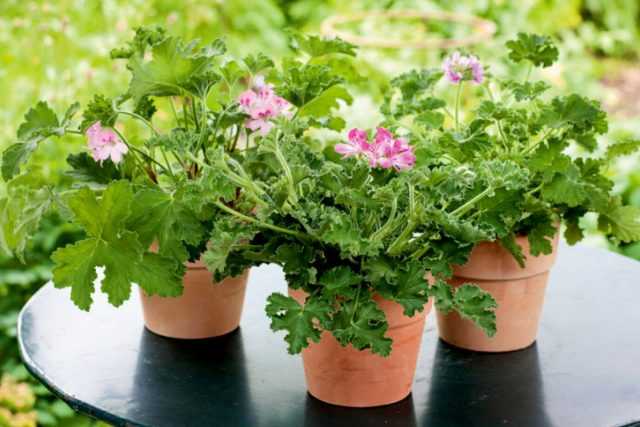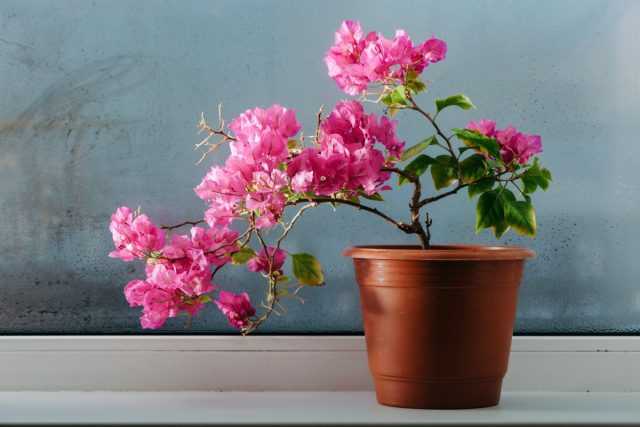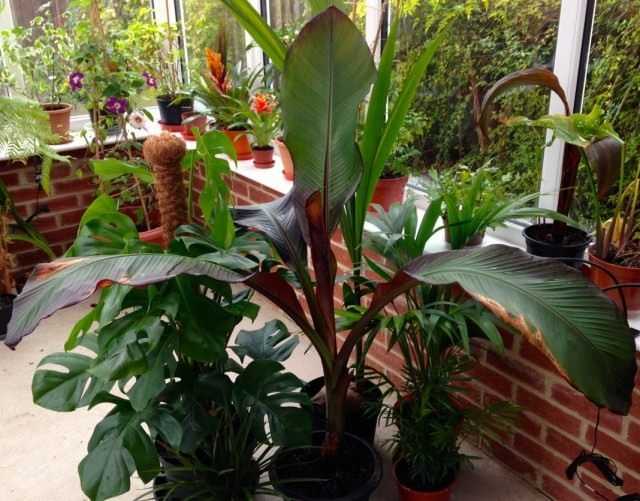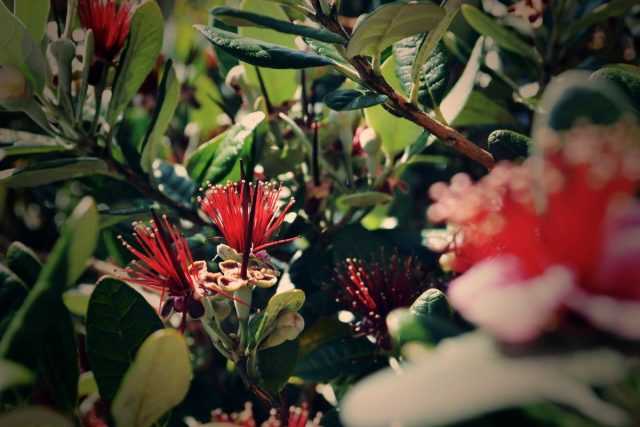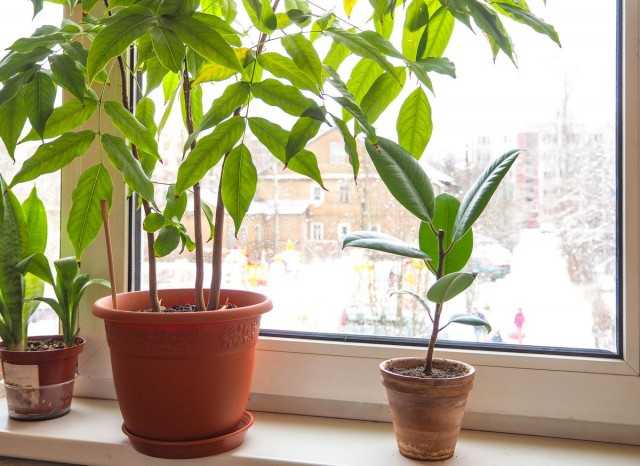Many flower growers, who are suddenly carried away by some kind of culture, come to a moment when there are a lot of these particular plants. And I want something else. And so that something that others do not have, and they could not get it – exclusive. It is then that the thought comes that you can cross some of your own varieties and grow something that has never happened before – with huge lush flowers and completely unimaginable colors. So it’s time to try. The world is based on enthusiasts. For a start, of course, to tighten up the theory, so as not to waste time in vain and not to be disappointed. The article will be about crossing hippeastrum – basic rules, conditions and personal experience. I’ll tell you how I trained myself.
Hippeastrum of its own selection – just about the complex
Contents:
General conditions
I will not dwell on the agricultural technology of growing hippeastrum, enough has been written on this topic. In addition, if you already have something to cross, it means that there are plants in the house, they grow and bloom.
Having examined your wealth, it is advisable to determine which specific plants will be involved in the hybridization process. All grown hippeastrum are in the overwhelming majority already hybrid, and it is quite problematic, and sometimes impossible, to find out who they had mom and dad, grandmother and grandfather. For amateur breeding, this is not so necessary. Something unforeseen will bloom – there will be a surprise.
So, we define the parents:
- Plant health, bulb size, flowering stability, the number of buds and the number of “arrows” will depend on the parent variety, so it is better to choose “mother” from discreet, but multicolored, healthy and “multi-arrow” ones.
- The father’s variety is more responsible for the size of the flower, coloring and design, therefore, the “father” must be selected beautiful and large.
The question that is relevant today is ploidy, that is, the number of sets of chromosomes. For hippeastrum everything is not easy here: many natural species and cultivars are diploids, that is, they have a double set of chromosomes. Modern hybrids, for the most part, are artificial polyploids, that is, they have three, four or more sets of chromosomes. Unfortunately, it will not work to distinguish plants with different ploidy at a glance.
The most common negative effect of artificial polyploidy is poor seed setting. This can be found by observing your hippeastrum. Therefore, it is easier to engage in the selection of natural species or old varieties. However, pollination can be carried out in parallel with everything in a row and the results recorded. It’s even more interesting this way. Camera to help. Taking into account the ploidy, it is advisable to choose the mother plant from those who are more willing to set seeds.
Another problem is double flowers. Some terry, in general, do without stamens and pistils, here, of course, there are no options. Others still grow stamens on some flowers, and pollen even ripens on them, you can use it.
Future parents need to be surrounded with care and attention. No frills – parents need not “stuck”, but healthy and active. Better even with respect to the norm to slightly reduce watering and feeding before the start of crossing.
Read also our article Hippeastrum – a classic among indoor bulbous plants.

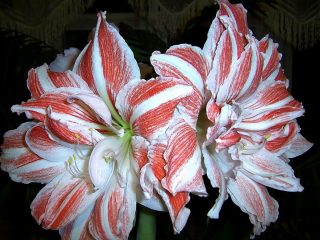
How does the crossing process take place?
It is unlikely that all hippeastrum in a house will bloom at the same time. Therefore, it is necessary to provide for the possibility of storing pollen. Plastic bags with fasteners and a place in the refrigerator door work well for this. Fresh pollen germinates much better, of course, but after 3 weeks of storage it germinated too.
It all starts with dad. From the moment the flower opened at the hippeastrum, it is advisable to start observing it and catch the beginning of pollen maturation. Immature pollen lies in a thick layer on the stamens, and mature pollen begins to crumble when touched. This happens on the 2nd – 3rd day after the dissolution of the flower. At this moment, you need to pluck out the anthers, for example, with tweezers, carefully put them in a bag and sign: the date and from which variety it was taken. Put the bag in the refrigerator.
Further observations of the potentially mother plant begin. After the flower opens, it is advisable to “castrate” it, that is, pluck out the anthers before the pollen ripens, in order to know for sure that the flower has not been pollinated by its own pollen. This pollen can also be used to pollinate something.
Some time after the ripening of the pollen (which would have been if the anthers had not been plucked out), the pistil will open and be ready for pollination. This is clearly visible visually: its three shutters, previously closed, open and emit a drop of nectar. So it’s time. This usually happens in the morning. The best temperature for pollination is + 18 … + 22 ° С. At higher temperatures and dry air, pollen quickly loses moisture and the process is much worse.
The pollen must be taken out of the refrigerator and put in a warm place – let it warm up for an hour. Then carefully open the bag and dip the pistil into the poured pollen. You can use a cotton swab, you can simply pick up a stamen with not crumbling pollen and “drag” it over the pistil – this option is especially good if the parent plants are blooming at the same time and the stamens are freshly cut.
Now it is imperative to hang a tag on the flower – the name of the paternal plant, maternal, the date of pollination and the freshness of the pollen (the date indicated on the bag with pollen).
There is no need to calm down on this, because a flower pollinated twice has a better chance of setting seeds. This means that it would be good to repeat the procedure with the remaining pollen the next morning.
For the purity of the experiment, it would be nice to tie the pollinated flower with gauze so that no accidentally woken up fly interferes in the breeding process. But not necessarily, especially since gauze definitely does not add beauty to the flowering hippeastrum.
Then you just have to wait, a month and a half or two or even two and a half. It depends on the temperature, the general condition of the plant and the particular cultivar. Ripening capsules in hippeastrum are three-chambered. As soon as they begin to crack, then the seeds are ready and you can proceed to sowing. Check freshly harvested seeds by immersion in water, those that have surfaced – throw away. There is no need to waste time and energy on something that does not sink.
Read also our article Crossing daylilies – we grow our own unique hybrid.
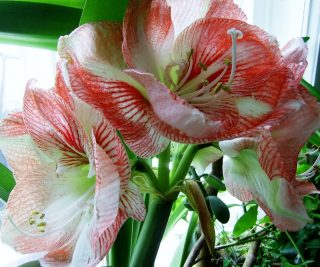
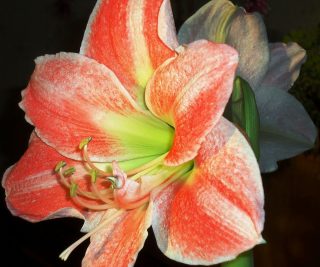
How I grew hybrid seedlings of hippeastrum
Seeds in one box ripen 50-80 pieces, viable of them, according to the results of several pollinations, I got 15-52.
Fresh seeds were germinated on wet wipes in closed plastic containers, each hybrid separately. Not all germinated at the same time. It was a pity for each seed, because, perhaps, it is this clumsy one that will give an exclusive flower.
In general, I tried to sow all the seeds. In ordinary garden soil, in wide low round pots, providing good drainage, 1/3 of the height of the pots. The seeds were buried by 0,5 cm, the distance between the seeds was 3 cm. A tag with information was stuck into each pot. I poured it, tightened the planter with cling film and put it on the southern windowsill (all the best for children!). Within three weeks, everyone made it to the surface. As soon as the first sprouts appeared, the film was removed and further – only watering and periodic turning of the pots, so that the sprouts did not strongly lean to one side.
For more than a year, the seedlings grew in these pots – I had nowhere to plant them, and so all the window sills and the surfaces adjacent to them are packed. Therefore, in this already cramped space, they survived until the next June. In June, I planted them in the ground. The event is long, tedious, accompanied by grunts from loved ones (the hottest time!), But I stoically endured it all in the hope that they would be better in the ground.
It turned out not only better, but wonderful! The summer turned out to be hot and dry, the bed is raised, so that the ground warmed up well, and the bulbs had grown remarkably by mid-August. From mid-August, the reverse transplantation into large and already deep pots began, about ten in each, and sending to the house on the windowsills.
Since the end of August is a busy, intense time, a small part of the bulbs did get under typhoon rains and the beginning of a cold snap. These plants immediately fell ill with stagnosporosis or red burns. I had to process the bulbs dug out for transplantation with “HOM”. They were set aside separately, but no further signs of disease were found.
Read also our article 5 non-boring alternatives to hippeastrum.


In the 3rd year of growth, some bulbs were given out on a modest peduncle with a couple of flowers and you could already see what happened. It turned out differently. Very good as first results. Moreover, the first flowering of young bulbs is not indicative.
Unfortunately, it was not possible to look at further results. We started a move from the Far East to the Krasnodar Territory. All bulbs (not only hippeastrum, but also lilies, tulips, etc.) were warmly packed and sent in a container in September. Received in Krasnodar only in the second decade of November and there is nothing alive left there.
Losing a huge collection of plants is, of course, very sad. But this is a reason to start from scratch. We started.
